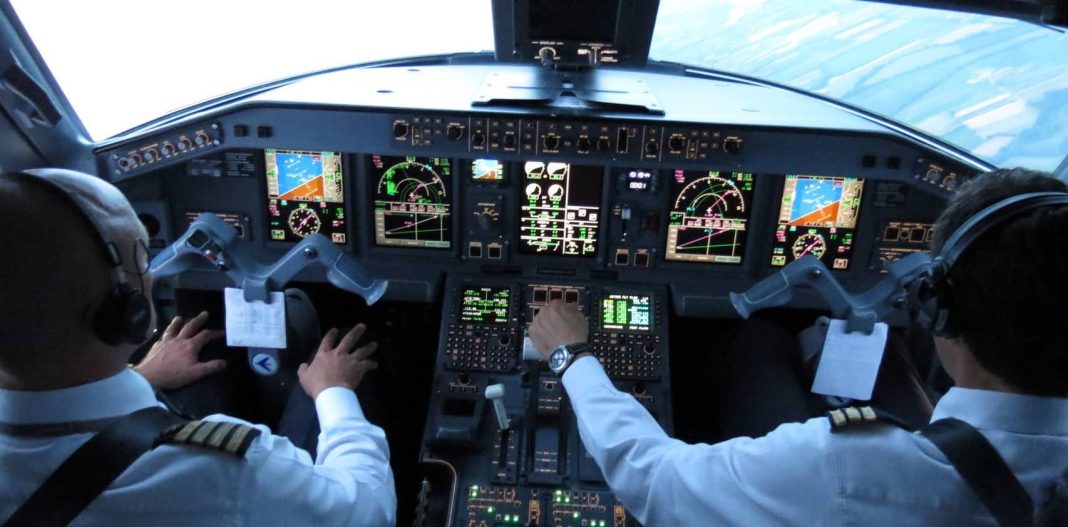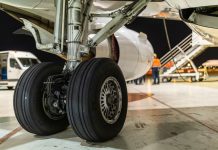If you aren’t a pilot, a flight attendant, a specialist or an aeronautical engineer, you’ve probably never seen a cockpit. However, if you’re fascinated by words such as “turn and slip indicator”, “radar altimeter” or “machmeter”, this article and maybe the whole column #AvGeek will be your favourite reading…
The cockpit is the area near the front of an aircraft from which pilot and co-pilot control the aircraft. The cockpit seems an obscure “buttons room” in the eyes of an inexpert, but flight instruments include curious elements that are worth thinking about.
Pretty much everyone knows a compass, many people know an altimeter, someone could recognize an anemometer, but most of the common people have problems facing a “turn and slip indicator”…
Nothing complicated, it appears as a device made of two instruments: turn indicator and slip string, hence the composite name. The turn indicator is that white template, in the middle of the display, which indicates the rate of turn. The slip string is that metal ball sealed in a glass tube, containing a viscous liquid, under the white template; it shows the slip or skid of the turn. The ball is in the middle when the aircraft is on the ground and when cruising. The ball has to remain in the middle even during turn, although the airplane is inclined, in order to indicate that weight and centripetal force maintain the gravity stable inside the aircraft… Amongst others, this avoids your coffee to be spilled. 🙂
Let’s now focus on radar altimeter, which measures altitude above the terrain. Contrary to altimeter, this device has a system similar to the radars one, providing extremely precise data regarding Earth’s surface or another surface, such as sea level. Despite many tasks are referred to electronics concerning modern aircrafts, the knowledge of these instruments is the basis of the competence of each pilot.

Finally, we got the “machmeter” that shows the ratio of true airspeed to the speed of sound. This quantity is called Mach number (Ma), which takes its name from the Austrian physicist Ernst Mach. This device can also be found on supersonic aircrafts, flying at speeds greater than the speed of sound. For those of you who missed, you can also find a detailed study on the airplane of the future that will exceed 5 Mach! That’s it for today, see you next time!




